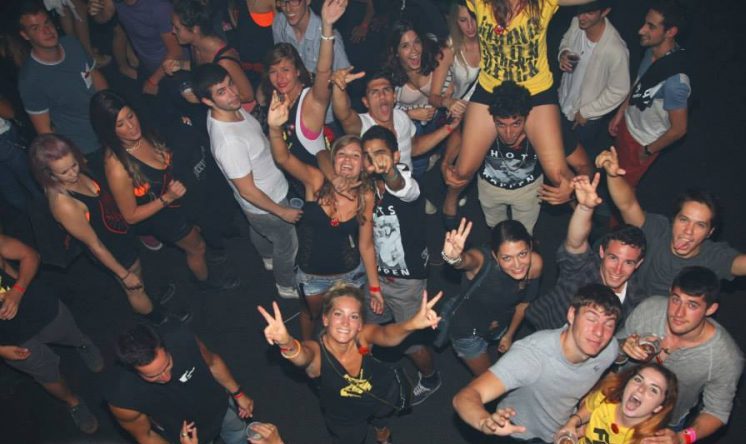A joint research project founded in Sherbrooke brought increased awareness of the frequency and impact of alcohol intoxication in youth – especially during frosh week.
The study, titled Youth Alcohol Use and Its Harms: Case Study in the Community of Sherbrooke, focuses on the city of Sherbrooke and reflects recurrent behaviours across the whole country.
The Canadian Centre on Substance Use and Alcohol (CCSA), Sherbrooke Ville en Santé and Centre Intégré Universitaire de Santé et de Services Sociaux de l’Estrie joined forces in 2018 to evaluate and offer preventive solutions to the city as well as its universities.
According to the study, one individual between the ages of 12 and 24 years old is admitted to hospital emergency rooms due to alcohol-related medical emergencies once every two days on regular weeks. On week 32 – also known as frosh week – experts observed an increase of admissions since 2012.
“We are often under the impression that having an acute alcohol intoxication is simply a precursor of a big hangover, but it’s not the case,” said Catherine Paradis, Senior Research and Policy Analyst at the CCSA, in an interview with The Concordian. “Fifty seven per cent of people admitted in emergency have major complications.” These complications can include anything from fractures, hypothermia, comas, or even to – in the most extreme cases – death.
“It happens regularly, unfortunately. One death per year is regular in my opinion,” said Paradis. “I think that it makes no sense to go to university and die because you drank too much.”
Aside from health-related issues, excessive drinking during frosh can create social and professional consequences in some cases. Paradis gave an example of a group of intoxicated engineering students from a university she chose to keep anonymous. They triggered the fire alarm which flooded an entire floor during frosh. The university sued them. As a result, the students’ chances of becoming engineers were ultimately wiped out since one cannot have a criminal record to have a career as an engineer.
To break it down slightly, frosh is usually a week full of different events that include alcohol. Firstly, frosh is mainly for meeting new people in university and alcohol often acts as a social lubricant that facilitates interactions between individuals, according to Paradis. Secondly, it is easy to forget to stay hydrated and to eat when consuming alcohol, both of which are a recipe for disaster.
However, there are easy methods of prevention (referred to as protective behavior strategies). These include the following: eating and drinking water regularly, alternating between alcoholic and non-alcoholic drinks, always staying with a friend and having a plan to get back home. According to Paradis, such strategies can easily lower the risk of incidents during frosh.
Some universities went even further in regard to alcohol regulation, banning all alcohol during orientation week to discourage students from binge drinking. St. Thomas University in New Brunswick was the first Canadian university to create a “dry week” 15 years ago. Other universities, like Dalhousie in Halifax, followed the same strategy in 2017.
“They want to let students get to know each other sober,” said Paradis. “If during the first week, students manage to meet friends that share the same set of values and get along well [sober], they will create better friendships overall.”
Managing alcohol during frosh week is also used to decrease interference and nuisance within the neighbourhood. The University of Guelph put in place a party registration system. By registering a party to this system, students will have their information shared with the police as well as with the city for direct contact should an issue arise at the party. Registered students participate in consultations that include tips on how to properly manage a party and how to reduce neighbourhood complaints. In return, students decrease their chances of receiving nuisance fines.
The CCSA is working in cooperation with many groups in order to make alcohol consumption in universities safer for students even after frosh week is over. The main issues arise in “wet environments” such as Concordia where alcohol is easily accessible.
Photo courtesy of ASFA Frosh (2014)
